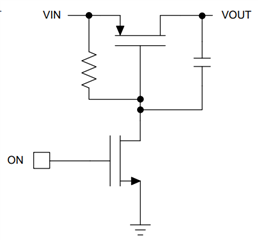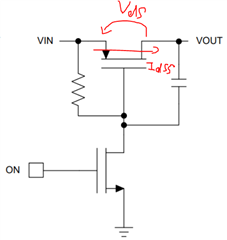Tool/software:
Hi team,
I would like to know how to compare power consumption between a discrete load switch circuit with MOSFET and a load switch.
leakage current of MOSFET is the only parameter to calculate power consumption? Please let me know other parameters and how to use to calculate power consumption of the circuit.
 *load switches example
*load switches example
Best regards,
Hayashi



